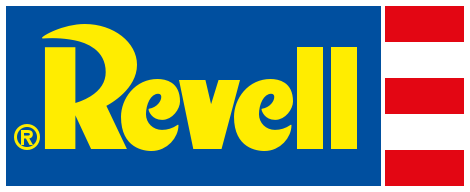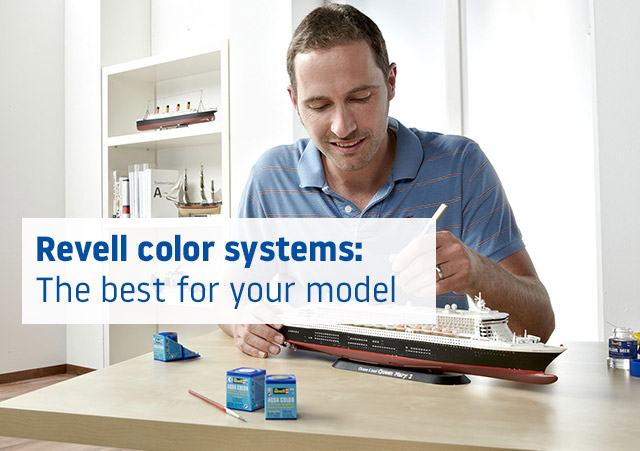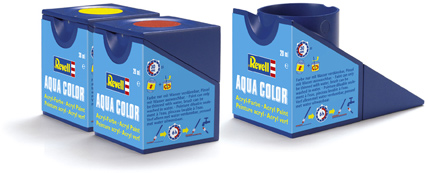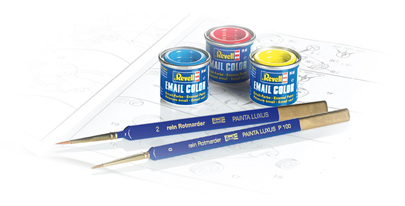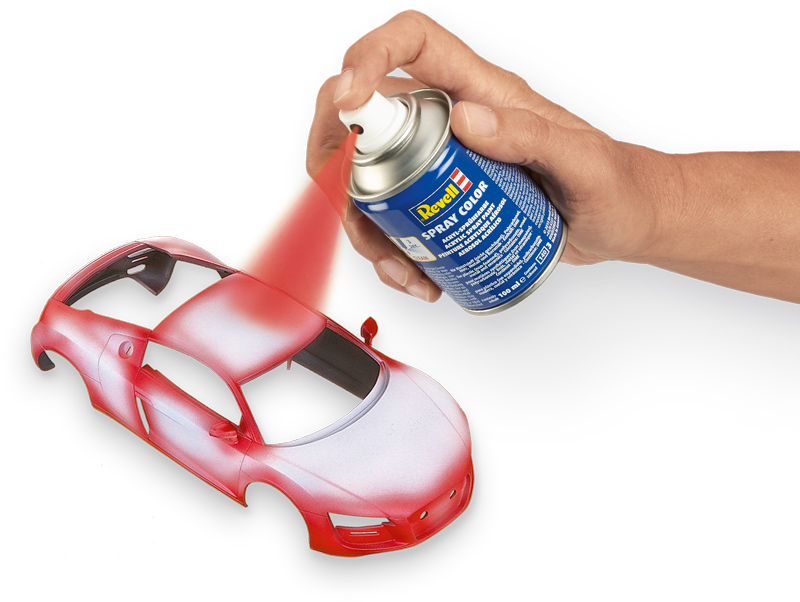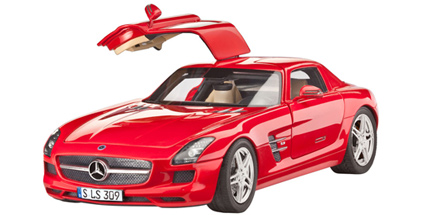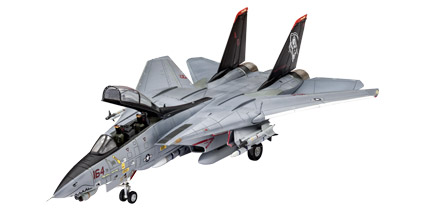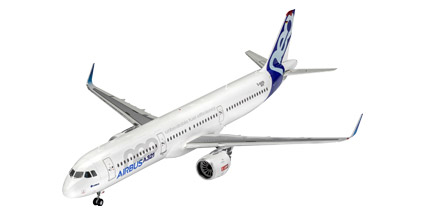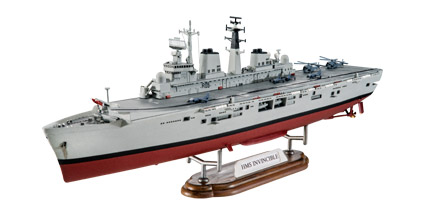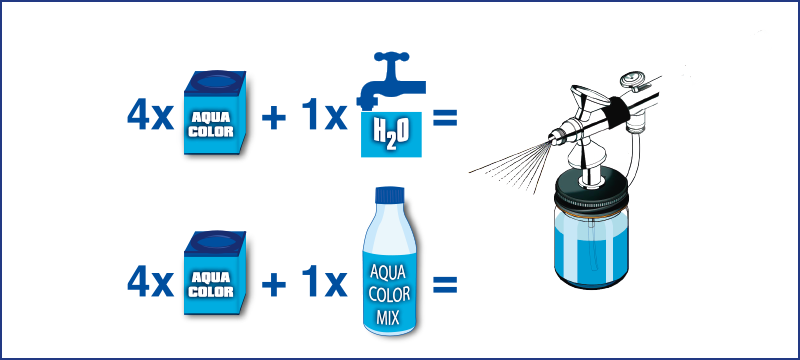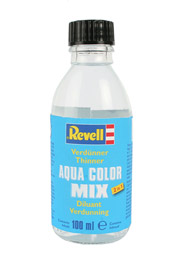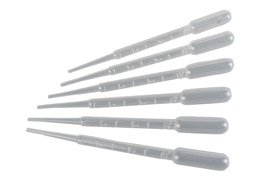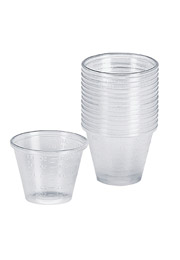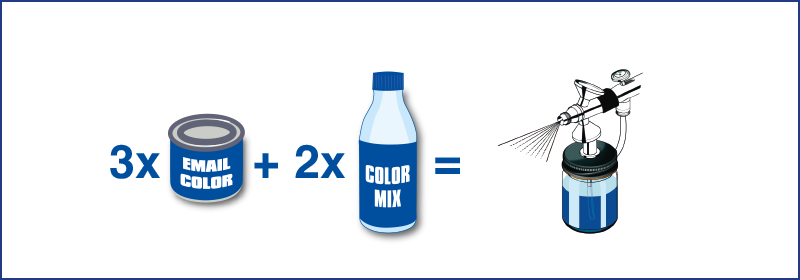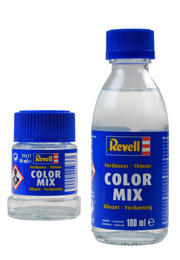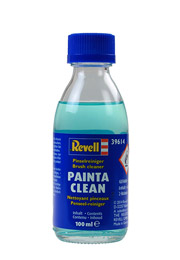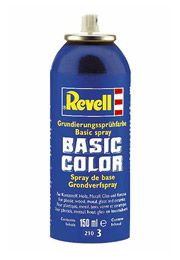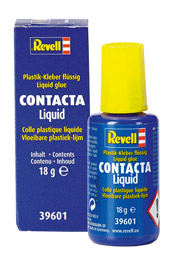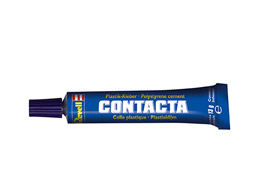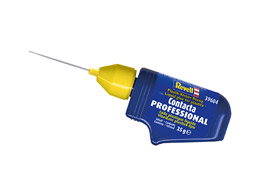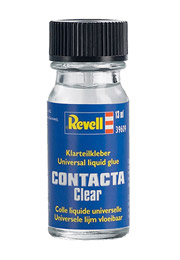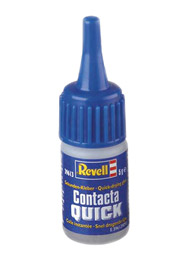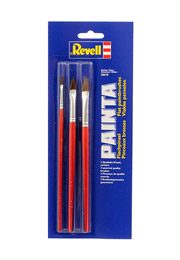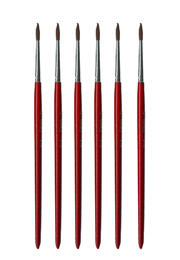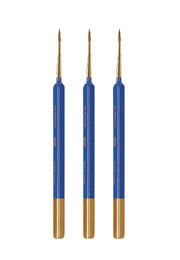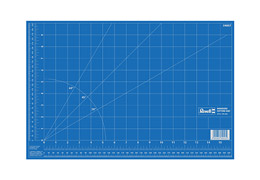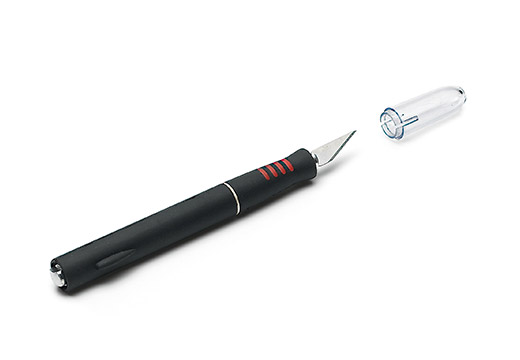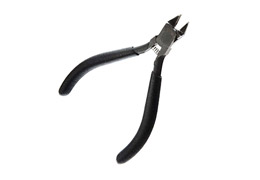Revell colors - proven and perfected for decades
For a detailed and creative painting of a model, the use of colors is one of the most important steps in model making and has a direct effect on the final result. Especially with regard to:
- the appearance
- the level of detail
- the authenticity
- the originality
- the durability of the model
Thanks to decades of experience, Revell colors are specially adapted to the requirements of plastic model making so that model makers all over the world can always achieve excellent results. Great importance is attached to ensuring that components, paints and other Revell accessories such as thinners and primers are compatible with each other. This means that everyone, whether beginner or professional, achieves a perfect result and every model becomes a special eye-catcher.
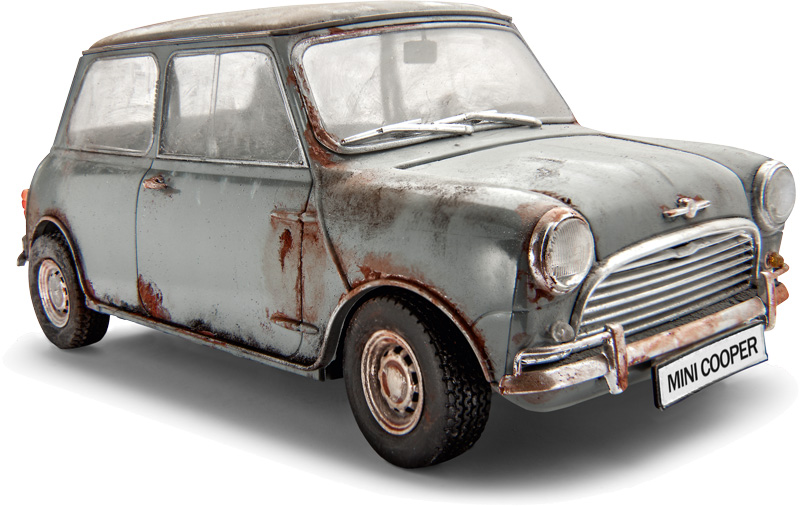
88 colour tones – Made in Germany
The current Revell portfolio comprises 88 different color shades: from basic colors to metallic colors such as silver and gold and special shades such as signal color like Luminous orange. Naturally, Revell color can also be used for airbrush guns when diluted accordingly.
If the right shade for a truly authentic replica of the original is not available, Revell color can be mixed together without any problems. The required mixing ratio is exactly stated in the Revell building instructions for each model.
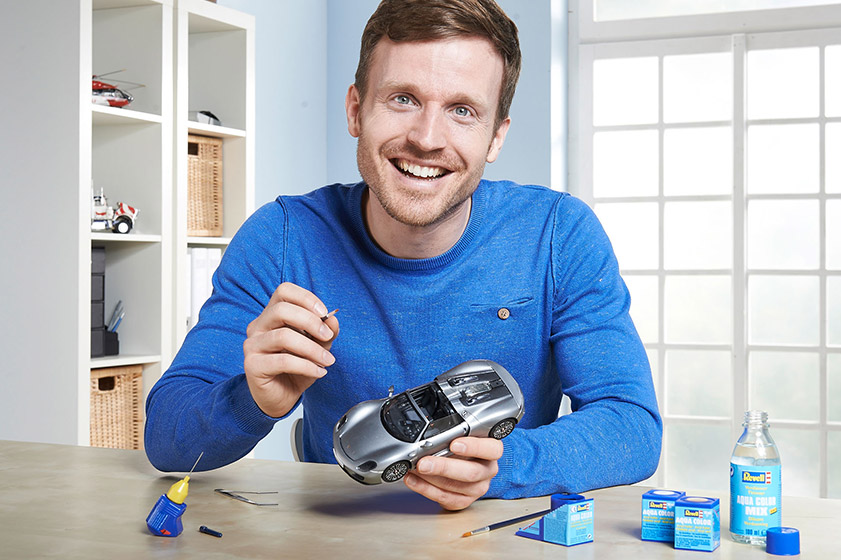
Tips for beginners:
- The parts should be thoroughly cleaned from dirt, fingerprints and grease with soapy water before painting. Only then can the paint adhere optimally.
- Before painting, it should be carefully considered how the part can be held most sensibly. To do this, it should remain in the casting frame or on the casting branch. Revell retaining clips can also be used for this purpose.
- color can be tested, mixed and compared particularly well on white yoghurt cups
- Alternatively, a colour test can be made on the inside of the parts that will not be visible later
- Do not stir the colors with a brush but with toothpicks or similar tools
- Brush strokes, which are painted slightly overlapping and thus wet-on-wet, produce a more uniform overall picture
